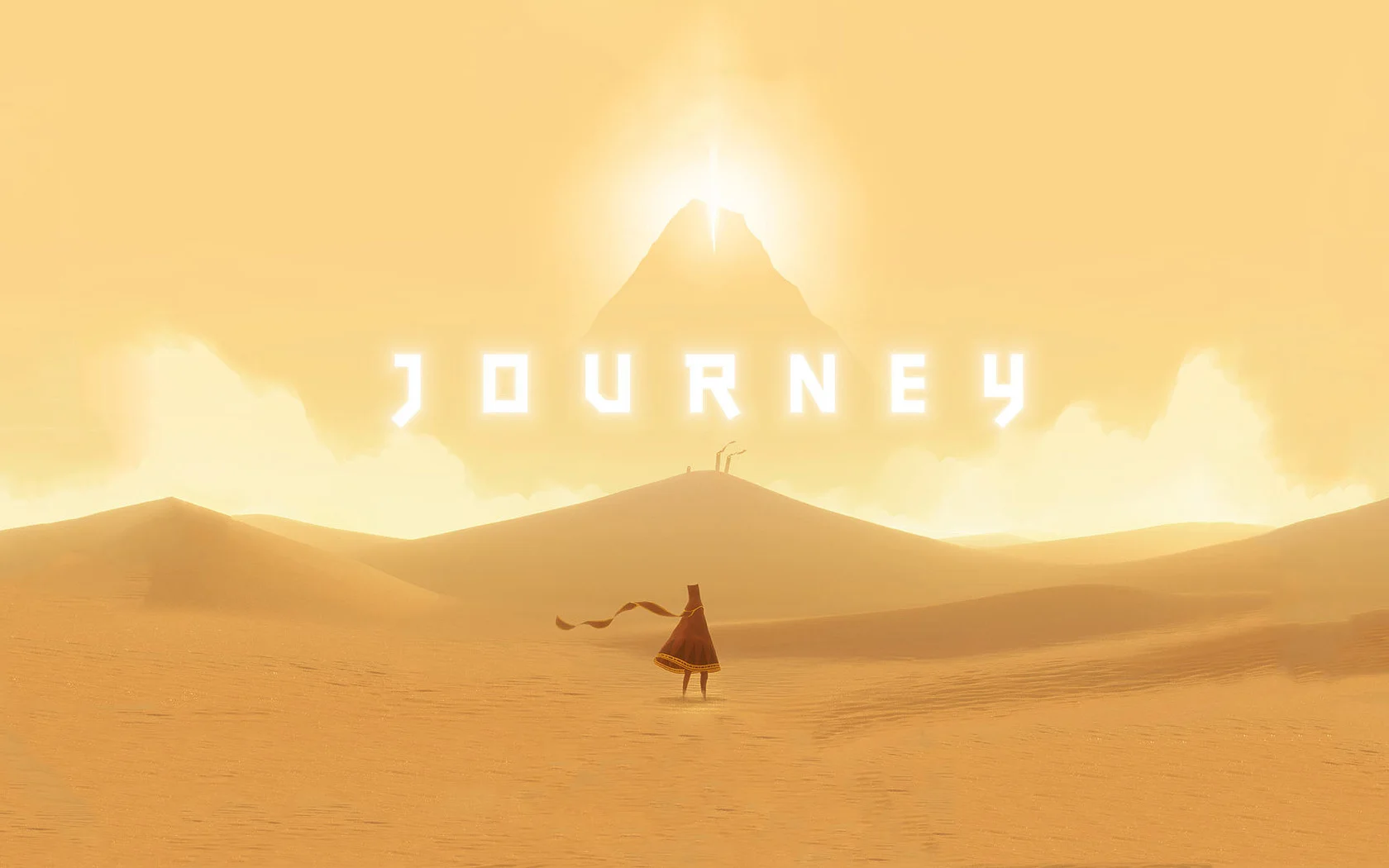The ability to create stories is an innate human trait. It is this evolutionary predisposition that has allowed humanity to have shared experiences, be it for education, entertainment or for self-preservation. Storytelling includes many aspects including religious and secular teaching, philosophy, gossip, poetry, myths, traditions, propaganda, scientific writings, speeches, news, articles, advertisements, plays, movies, television stories, songs, and also sadly lying. We consume stories voraciously through various forms and media.
Storytellers, especially the good ones, can enter into our imagination and interact with our deepest human emotions. They can inspire us to strive for greatness or motivate us to do great evil. They can make us happy, angry or sad. They can make us laugh or cry. Storytelling and human emotion are closely linked, starting at infancy, they strongly influence every aspect of our life.
Computer games are a relatively new media and there are storytelling elements contained within. Using computer games we can immerse ourselves in these stories and worlds, interacting with the storytelling. We can become active participants rather than passive observers. However whilst it is possible to tell stories in computer games, the nature of interactivity raises the question of whether they do so effectively. As games have grown increasingly sophisticated, so too has the methodology and purpose of their narrative. However computer games are set by rules; your character has a limited set of behaviours he can follow due to the nature of programming. The restrictions are in place due to computational powers but also due to the need to drive the story forward. Often the story in computer games is superfluous, often based around the game play mechanics and characters; a branching database of options and permutations on the decisions made within the game. This is in contrast to something like Dungeons and Dragons, where the Games Master (using the rulebook) can create scenarios ad infinitum.
To truly tell a good story in games the games mechanics have to be built in conjunction with the scenarios; a marriage of narrative and gameplay. Stories are fixed designed experiences whilst computer games let players change things, even when it’s simply walking across an island like in Dear Esther. Eschewing traditional gameplay mechanics this interactive world immerses and engages the player through the use of amazing visuals, beautiful audio and wonderful prose. What I have learnt through game based learning is that neither the game nor the story contained within, are that important but rather it is how you use the game.
As a teacher we can use games to provide children with a deep emotional and exciting experience. We do not have to use the whole game but sections. Whilst the narrative contained within the game itself may not be that exciting, children with their innate skills to weave stories may make an infinitely more nuanced story. Computer games allow the pupils to become stimulated in the same way text and film can, but have a benefit over these other media in that they can interact with these worlds. If we want to go left we can, the world is literally our oyster, full of endless possibilities and the children know this. It taps into their innate ability to tell stories but provides a rich context for doing so. This is not new, games have been used as a contextual hub for learning in many schools I know across the UK and there are many individuals who have done sterling work in the area, including Consolarium, Tim Rylands, Ollie Bray and the Redbridge Games Network, and many many others. However in Cambodia, where much of the educated people were wiped out in Year Zero by the Khmer Rouge this is a revelation. Computer games are still seen as a childish tool or as quick timewasters but I have used many games as a stimulus for writing. Here are the lists of games we have used and how we have used them:
Ico is one of my favourite games of all time. The art style is amazing and the storyline, whilst kept to a minimum deals with loneliness, companionship, hope and loss. The lead characters speak in a made up language but through their actions and behaviour you can elicit the emotions.
Format: PS2 and PS3
Another masterpiece from the creators of Ico. SOTC was one of the only games to make me deeply sad about the tragic journey of a character. This is a great game to use for teaching myths and legends and deals with true love, hope, fear, death and salvation.
Format: PS2 and PS3
An atmospheric and simple looking game which has mystery at its core. It has a sense of wonder, fear and sadness as you guide a young boy through a variety of dark landscapes including a forest, industrial town and factories. The game is a not appropriate for younger children but can be used (at least the first few minutes) as a story starter or stimulus.
Format: Xbox 360
Journey is a stunning looking game which was many people’s Game of the Year in 2012 (mine as well). The sense of wonder is kept up through the mystery of the pilgrimage. It deals with a personal journey, companionship, death and beyond.
Format: PS3
Dear Esther is a stunning game with beautiful graphics and a sense of wonder at its core. It sets you as a man on a journey from one side of the island to the other, towards the bright light of the lighthouse. How and why you are on the island is a mystery.
Format: PC
There are many other games I have used as writing stimulus and I will present the work here. Are there any games you use which lend themselves to being a stimulus for writing?




